For a brief period in gaming history, video game companies created special limited-edition cartridges specifically for competitions. While many point to the Nintendo World Championship (NWC) cartridge for NES as the first example, I came across another tournament cart that predates it by eight years while sorting through a large lot of Atari games: Atlantis II. I knew it was extremely unlikely that I had a copy, but it gave me an excuse to research something fun—and fix up an old Atari to test out the copies I had.
After 1995, the practice of producing special cartridge-based tournament games largely disappeared. By the late 1990s, the industry was shifting to CD-ROM and disc-based consoles like the PlayStation and Sega Saturn, which made the idea of a "special cartridge" less relevant for most competitions. The official tournament cartridges from the late '80s and early '90s have since become legendary collector's items. Because they were produced in very small quantities and not sold commercially, surviving units are exceedingly rare.
Since these carts were made specifically for competition, some of them include surprisingly creative hardware modifications, while others contain exclusive content. We’re extremely lucky that, as far as I know, none of the tournament cartridges from this era have been lost to time—all have had their ROMs dumped and preserved. So even though these ultra-rare cartridges are now held by only a handful of collectors, anyone can boot them up in an emulator and see what they were all about.

Related
Before they were famous: 5 early game console prototypes that shaped gaming
Five early console prototypes that influenced gaming history, from Sega’s handheld to the Nintendo PlayStation.
Atlantis II: a rare Atari cart that's hard to identify
The mythical tournament cartridge that predates Nintendo World Championships
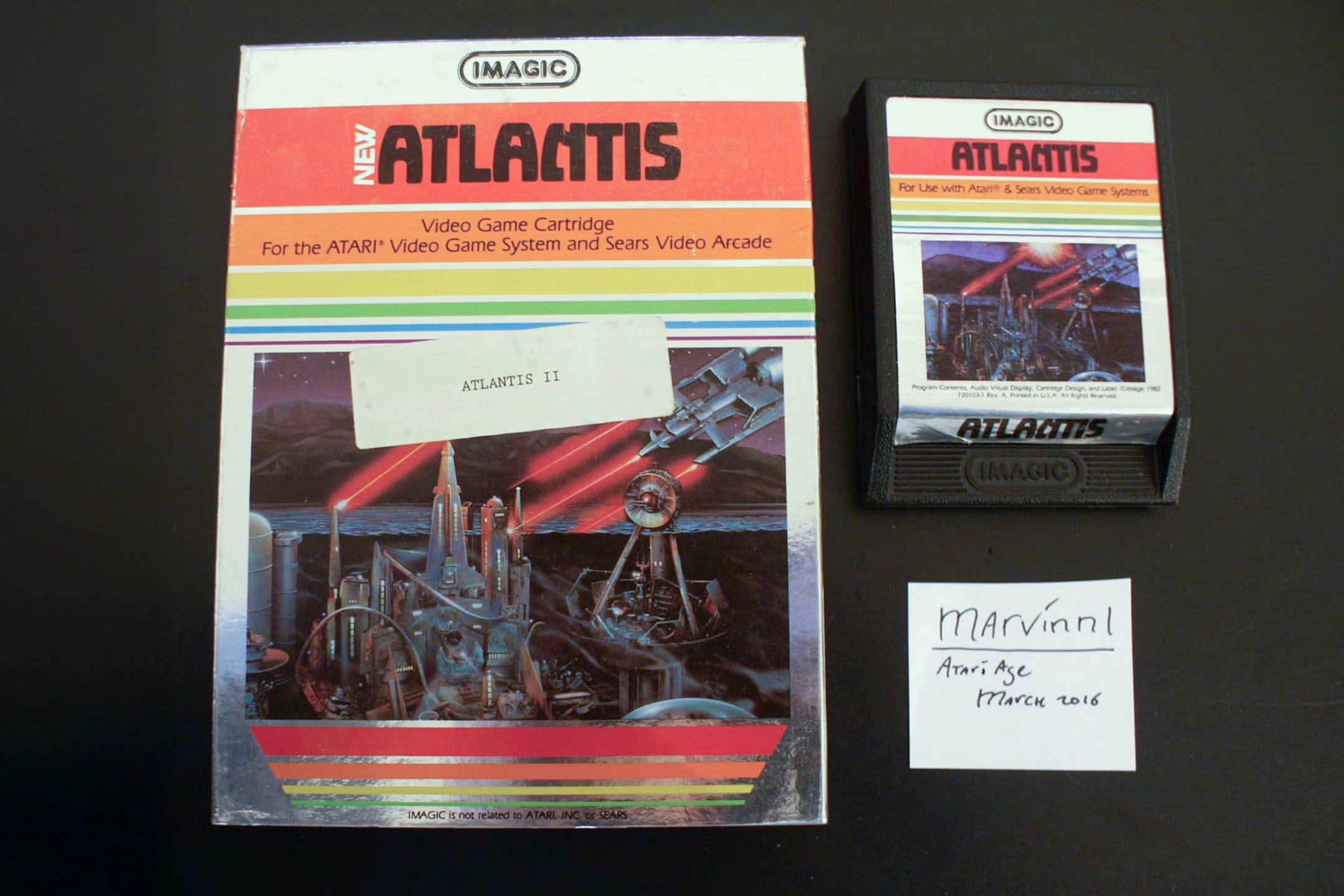
Source: Atari Age Forum
I bought a large lot of Atari games from a store liquidation years ago, and while researching what I could resell, I found four copies of Imagic’s Atlantis. That led me down a rabbit hole, where I stumbled on the story of Atlantis II—a rare tournament cartridge from 1982 that predates the Nintendo World Championships by eight years. I’d never heard of it before, and I certainly didn’t expect to have a copy, but the mystery gave me a reason to dig deeper and start testing what I had.
The story of Atlantis II became something of a myth. Back in 1982, Imagic held a high-score contest where players mailed in photos of their TV screens. But Atlantis had a score cap, so too many players maxed it out. Imagic needed a tie-breaker and quickly made a harder, faster-scoring version of the game—Atlantis II—and sent it out to finalists. The cartridges looked identical to the original release, with no external markings except a small sticker that said Atlantis II, which could easily fall off with time. For quite a while, nobody had solid proof that Atlantis II had survived.
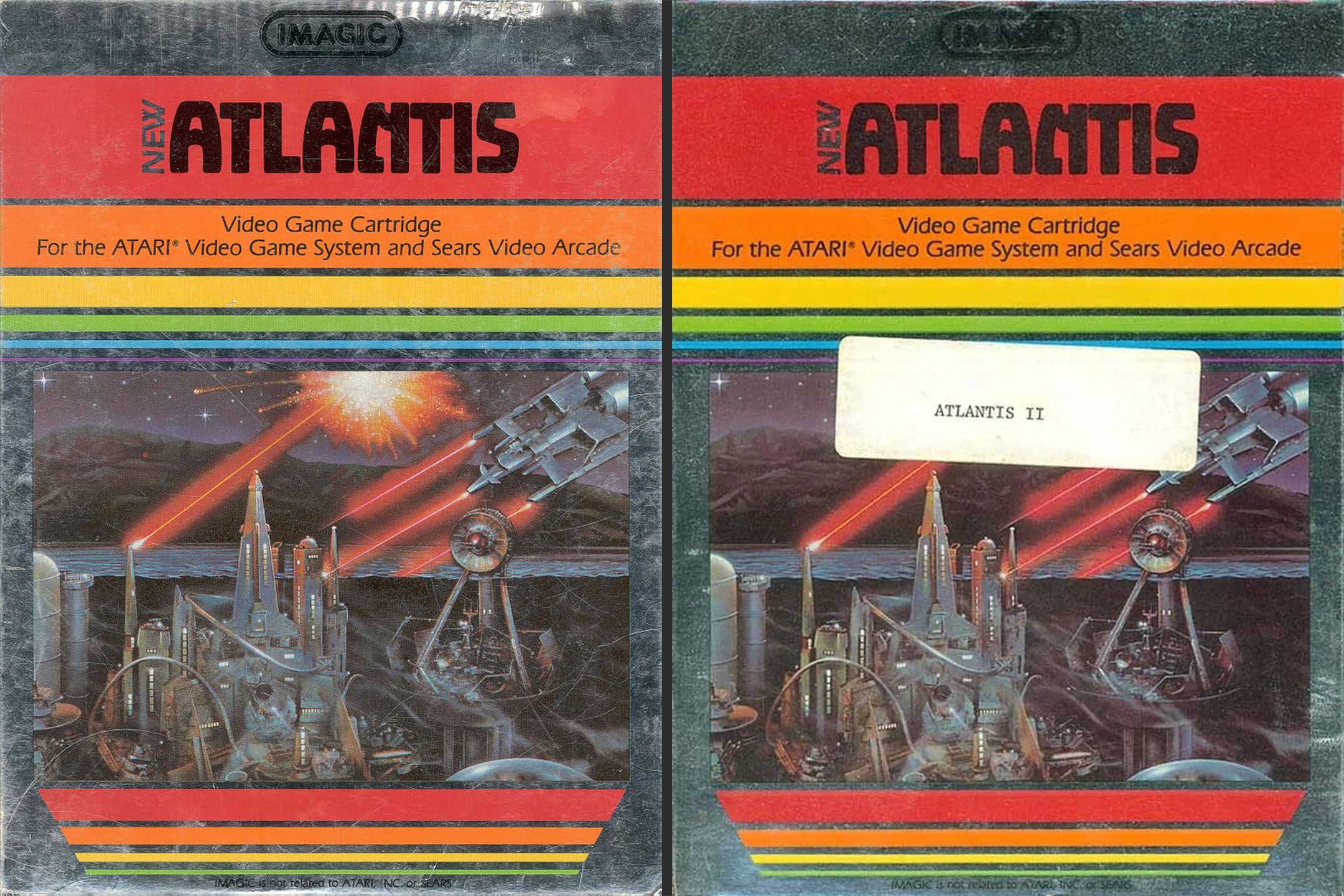
Source: IMDb and NTV
When I read that you could tell the difference between Atlantis and Atlantis II by weight, I figured I had nothing to lose by weighing my four copies. Surprisingly, they didn’t all weigh the same—in fact, while there were supposed to only be two different weights, I had three. So, I didn’t put much faith in that method, but it was enough to make me want to actually test them and look for the real differences, like changes in the scoring system and the font used.
Getting an old Atari running for testing
I had an old Atari 2600 kicking around to use for testing, but no CRT TV to hook it up to. I took it as an excuse to do a fun little side project. I modded the system for composite video output using a breadboard setup. Once I got video out, I quickly discovered the joystick controls weren’t responding.
A bunch of pins on the D-SUB connector were broken. My first repair didn’t work, so I bypassed the joystick by manually grounding the fire button wire.
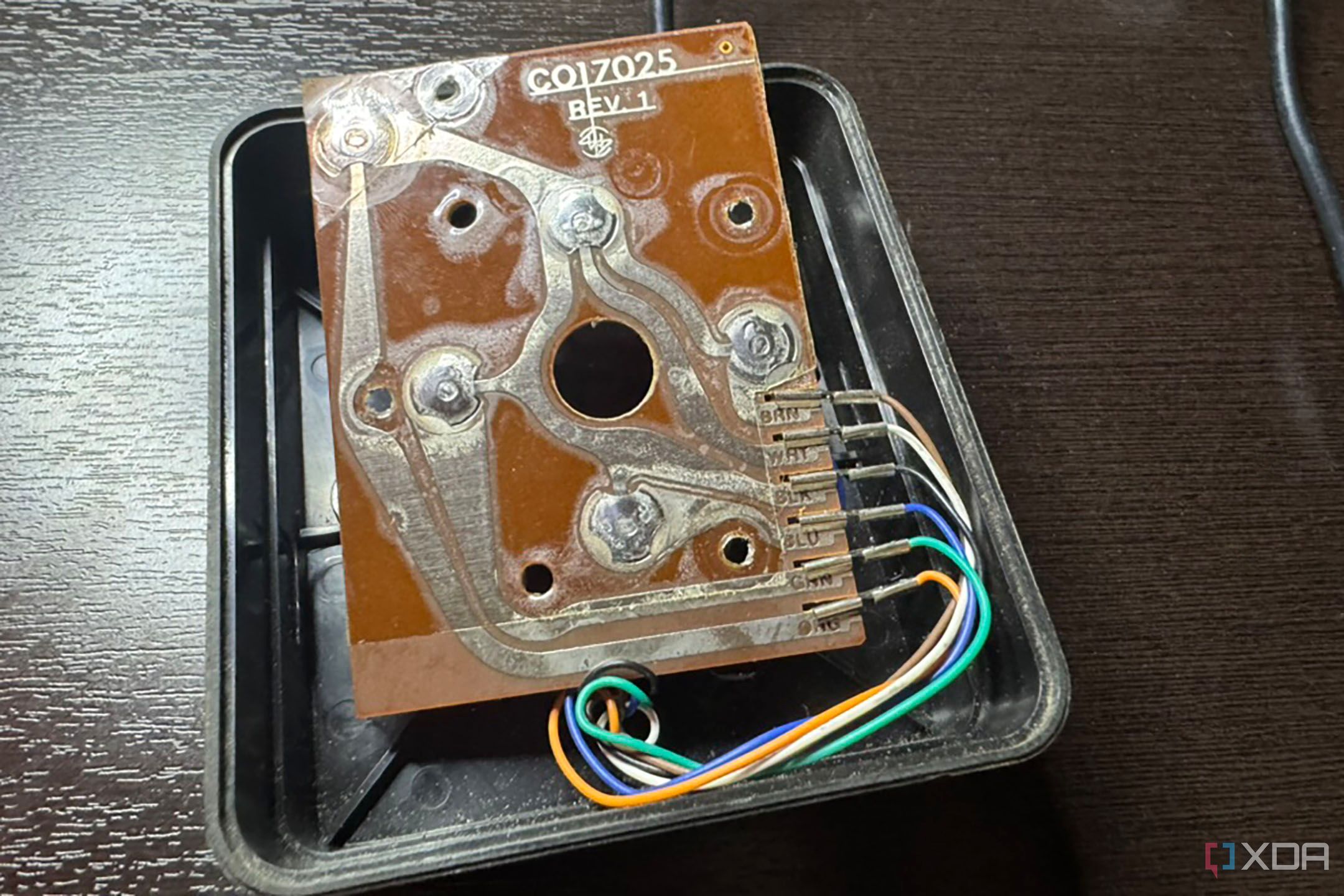
Source: Benjamin Zeman
That let me at least shoot and check the scoring behavior because those old joysticks register input when you push down the button and connect the pad to ground. Both working copies turned out to be the standard Atlantis. The third cart still doesn’t boot, and I haven’t tried to fix it yet, but it’s staying in the maybe pile until I do. Obviously, I have my doubts, but now I have a working Atari. At least sort of, I still need to replace the controller port.
I love that Atlantis II is a tournament game that predates NWC by nearly a decade. There’s a mythical quality to the story too—just like the urban legend of the Polybius arcade machine. Since Atlantis II carts look identical to regular ones, it means any Atlantis cart could be secretly special. That mystery is part of what makes it so cool.
NES tournament cartridges
A new era of competitive gaming built into the hardware
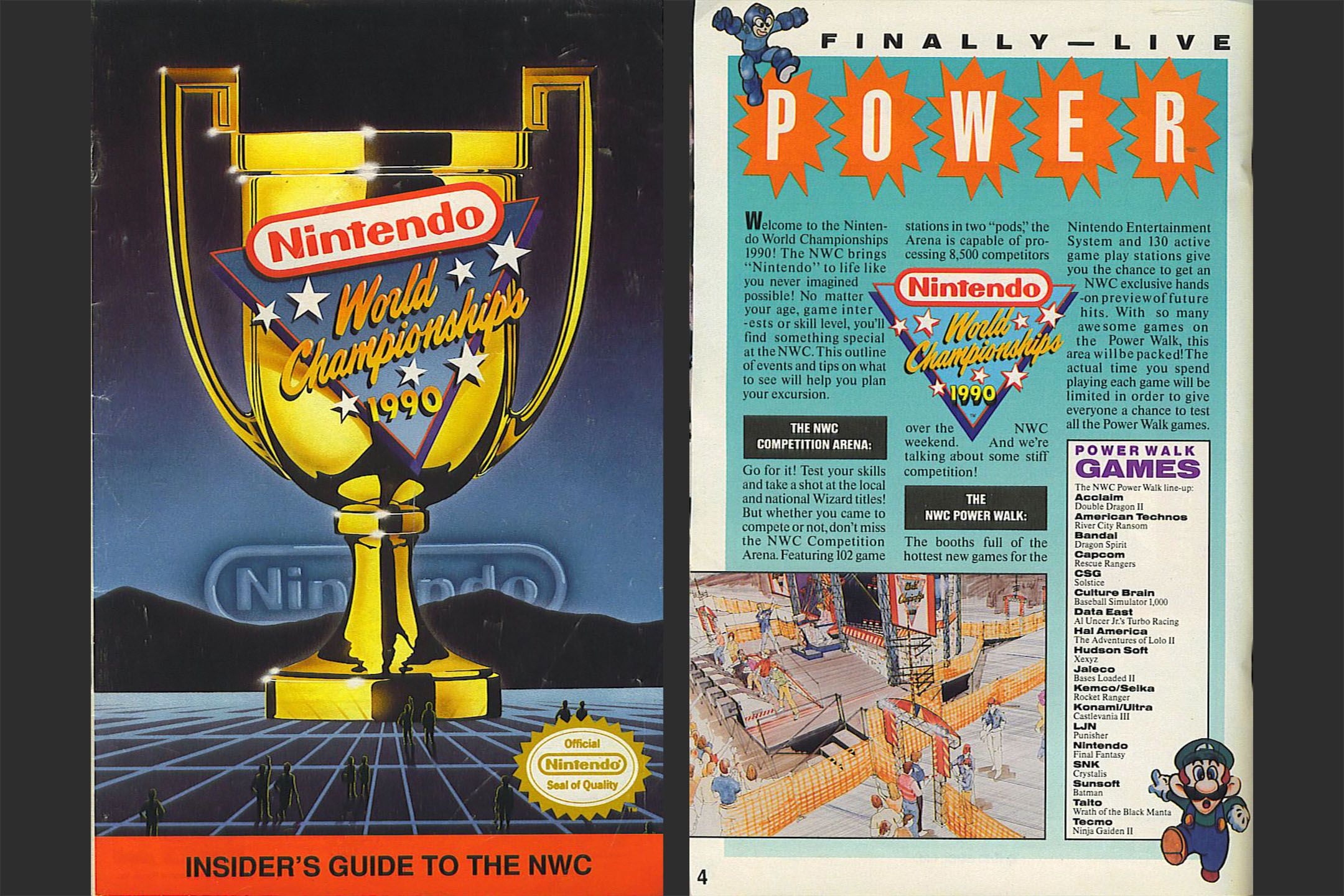
Source: Nintendo
By the early 1990s, Nintendo had begun hosting large-scale tournaments, and the NES became home to two of the most iconic tournament cartridges ever produced. The Nintendo World Championships 1990 and Campus Challenge 1991 both featured unique hardware created specifically for competition.
They each used modified ROMs and physical switches for controlling gameplay duration. Unlike Atlantis II, these are easier to identify thanks to the hole cut in the case and their exposed PCBs. That said, there are reproduction carts out there now—and unfortunately, that also means there are plenty of scammers to watch out for.
Nintendo World Championships 1990 (NES)
Inspired by the movie The Wizard, Nintendo launched a massive U.S. tour in 1990. The Nintendo World Championships brought a custom NES cartridge to 29 cities, challenging players to complete a set of tasks across Super Mario Bros., Rad Racer, and Tetris in exactly 6 minutes and 21 seconds. The cart used a DIP switch to control the timer, which was exposed on top of the cartridge.
There were two main versions of the cartridge. It's unknown how many were created, but 90 gray cartridges were given to finalists and used during the competition. But Nintendo also made 26 gold cartridges, which were sent out to winners of a Nintendo Power contest. Both versions are incredibly rare, but the gold ones are especially legendary in collecting circles.
Nintendo Campus Challenge 1991 (NES)
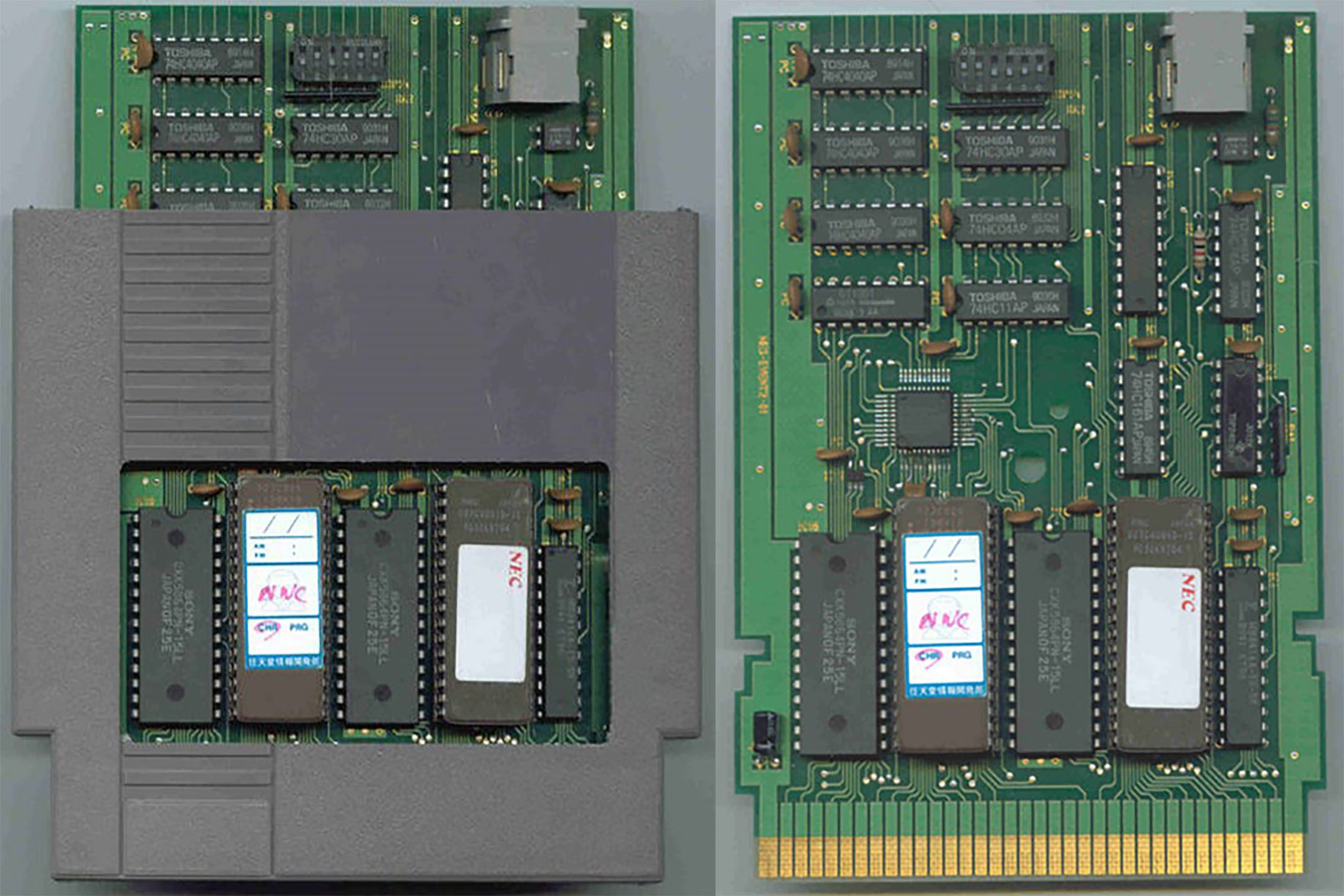
Source: Wikicommons & Gamesniped.com
In 1991, Nintendo followed up with a college-focused competition. The Campus Challenge 1991 cartridge featured three mini-games: Super Mario Bros. 3, PinBot, and Dr. Mario, all playable in succession under a timed system. This cartridge is one of the rarest ever made—only one copy is known to exist.
That surviving cart was discovered by collector Rob Walters at a garage sale in New York in 2006. It has a much larger cut-out exposing part of the ROM chips and PCB on the front. Part of the board even sticks out the top. It’s the only known copy, and I've only been able to find two photos of it.
SNES tournament cartridges
As tournaments got bigger, so did the hardware
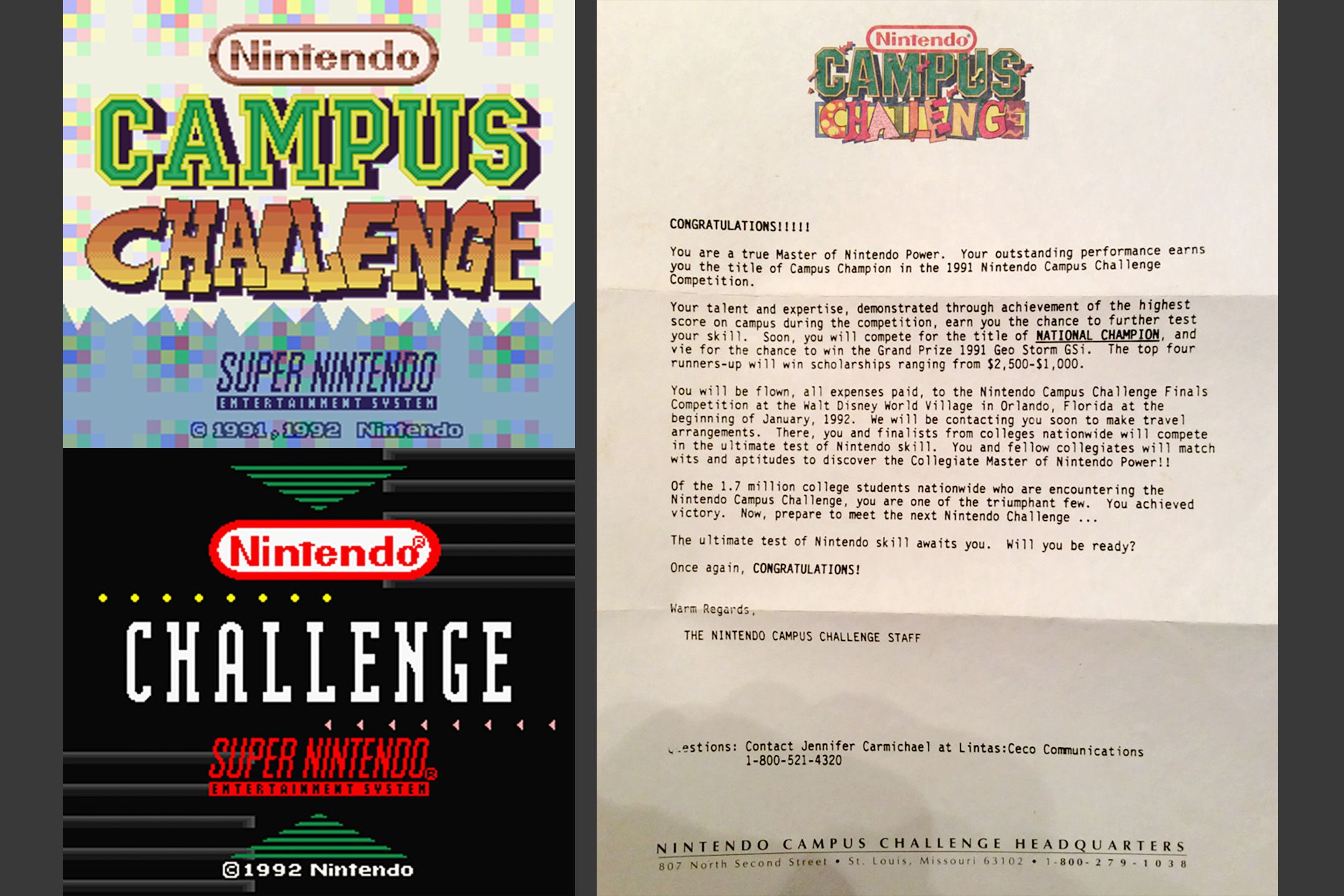
Source: Reddit
By the early 1990s, Nintendo had grown its tournament strategy into something much bigger—and the Super Nintendo gave them the hardware flexibility to experiment further. These SNES competition cartridges were more than just modified games; they had entirely new physical layouts to accommodate the additional chips, networking capabilities, and external cables.
The SNES era included multiple tournaments, most notably the Campus Challenge 1992 and PowerFest '94, and introduced new ideas about synchronizing players, networking score displays, and managing global events. I'd consider this the peak of physical tournament cartridge hardware before the industry moved to optical discs and later digital competitions.
Nintendo Campus Challenge 1992 (SNES)
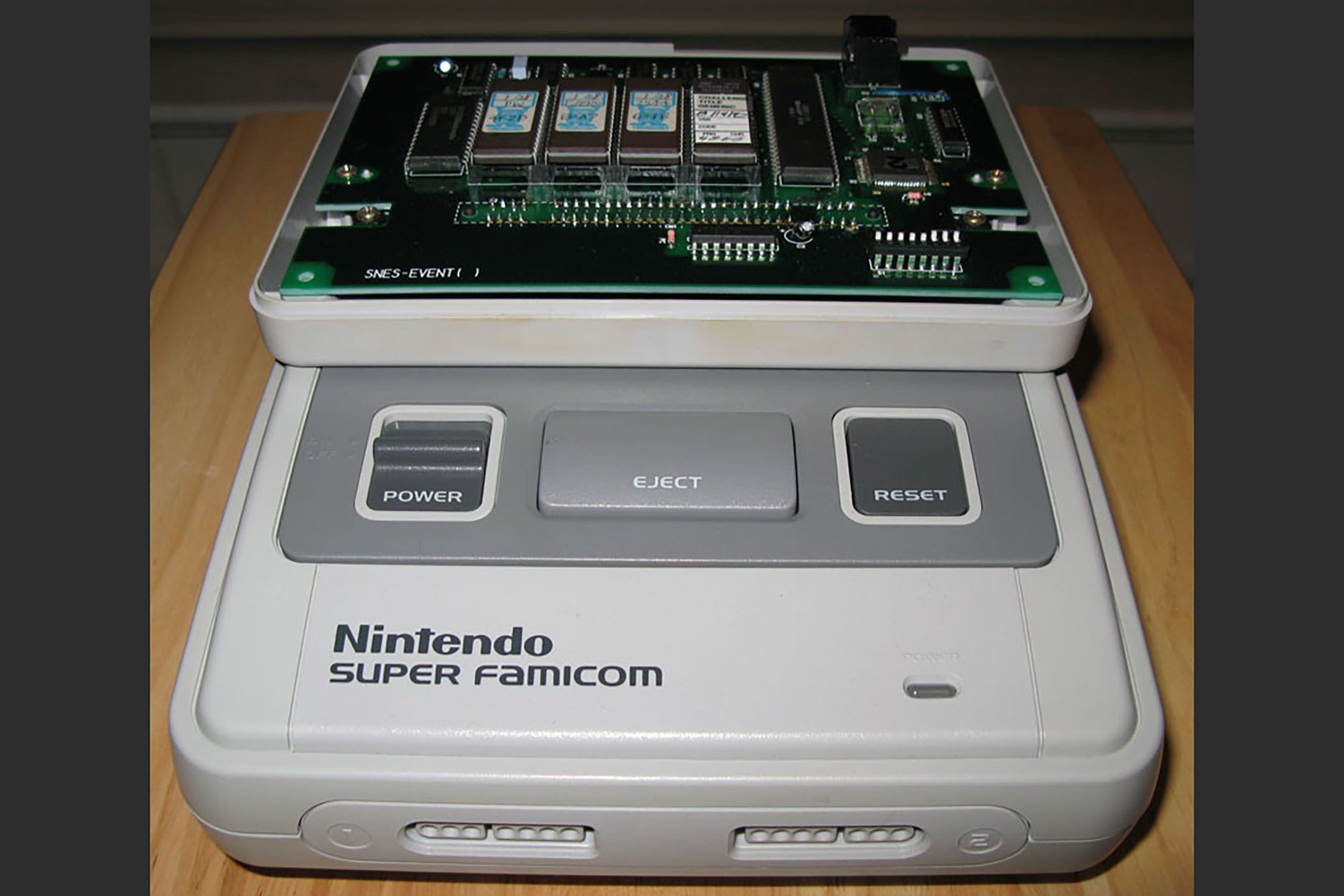
Source: SNES Maps
For the Super Nintendo, Nintendo continued its tournament series with Campus Challenge 1992. Only three cartridges were originally thought to exist. The first surfaced in 2006, again found by Rob Walters. A second was discovered in 2012 in the attic of a former employee from a company that had worked with Nintendo. But I'm not sure why there were only considered to be three in existence.
Later reports suggested the number might be higher. JJ Hendricks at PriceCharting noted that a newly surfaced PAL cartridge brought the known total to four. That includes two NTSC versions, one PAL version, and one Super Famicom version. Given these were used for international events, it’s at least possible that more could be out there, even if finding one would be a major surprise.
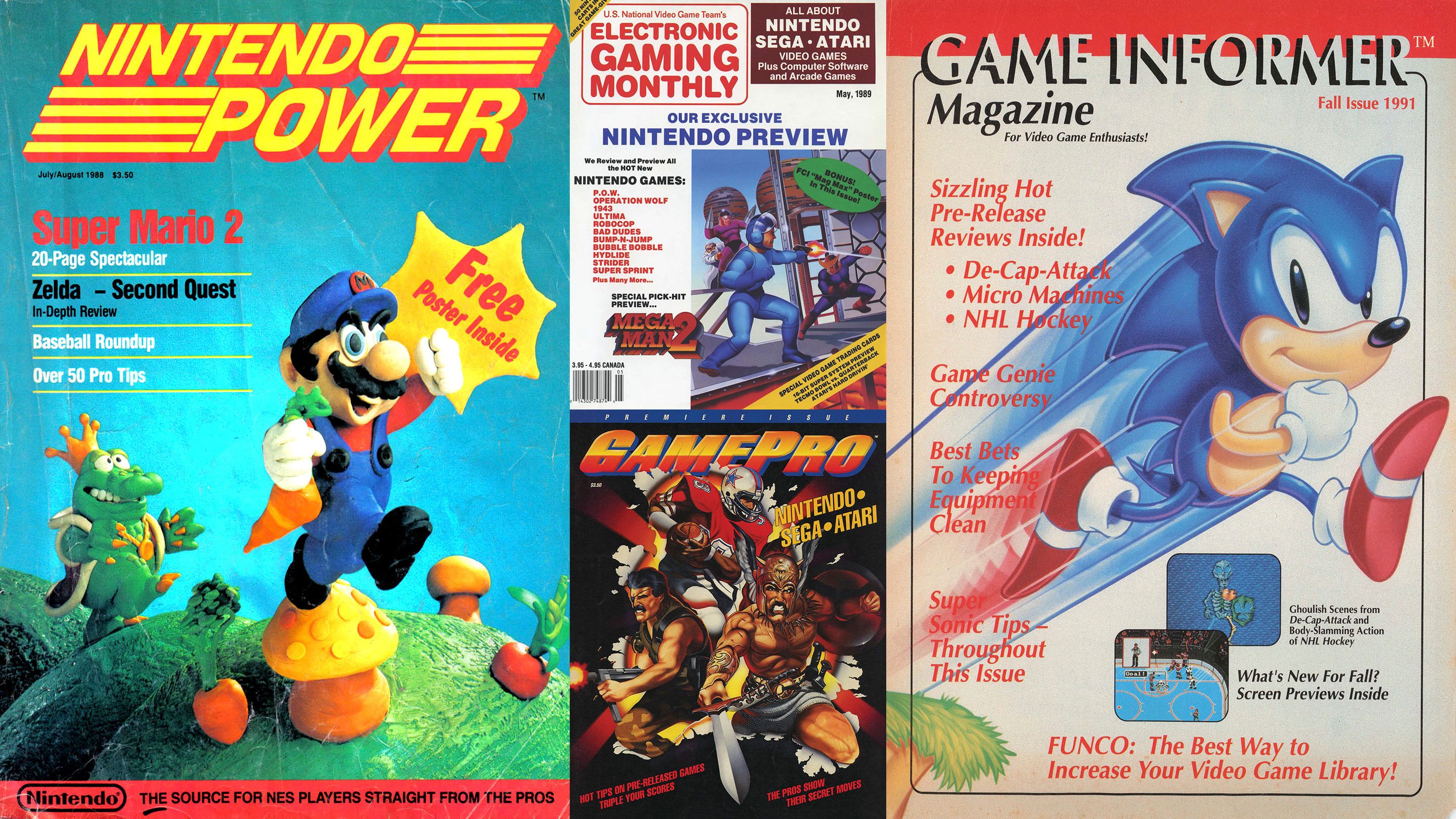
Related
Flipping through time: How ’90s gaming magazines shaped a generation and what we lost
Revisiting ’90s gaming magazines, their legacy, and how corporate greed killed print gaming journalism
The cartridge itself is bizarre by SNES standards. It has a wide horizontal design, with multiple ROM chips—one for each game, and presumably a control chip to manage the timing and transitions. There’s an 8-pin DIP switch, a phone port, and a cord that extends out the back.
This let the cartridges network together so that each player could have their own monitor, while also sending score data to a centralized display. Everything was synchronized and timed to stop simultaneously at the six-minute mark. The system was timed to stop all games simultaneously at the six-minute mark.
PowerFest '94 (SNES)
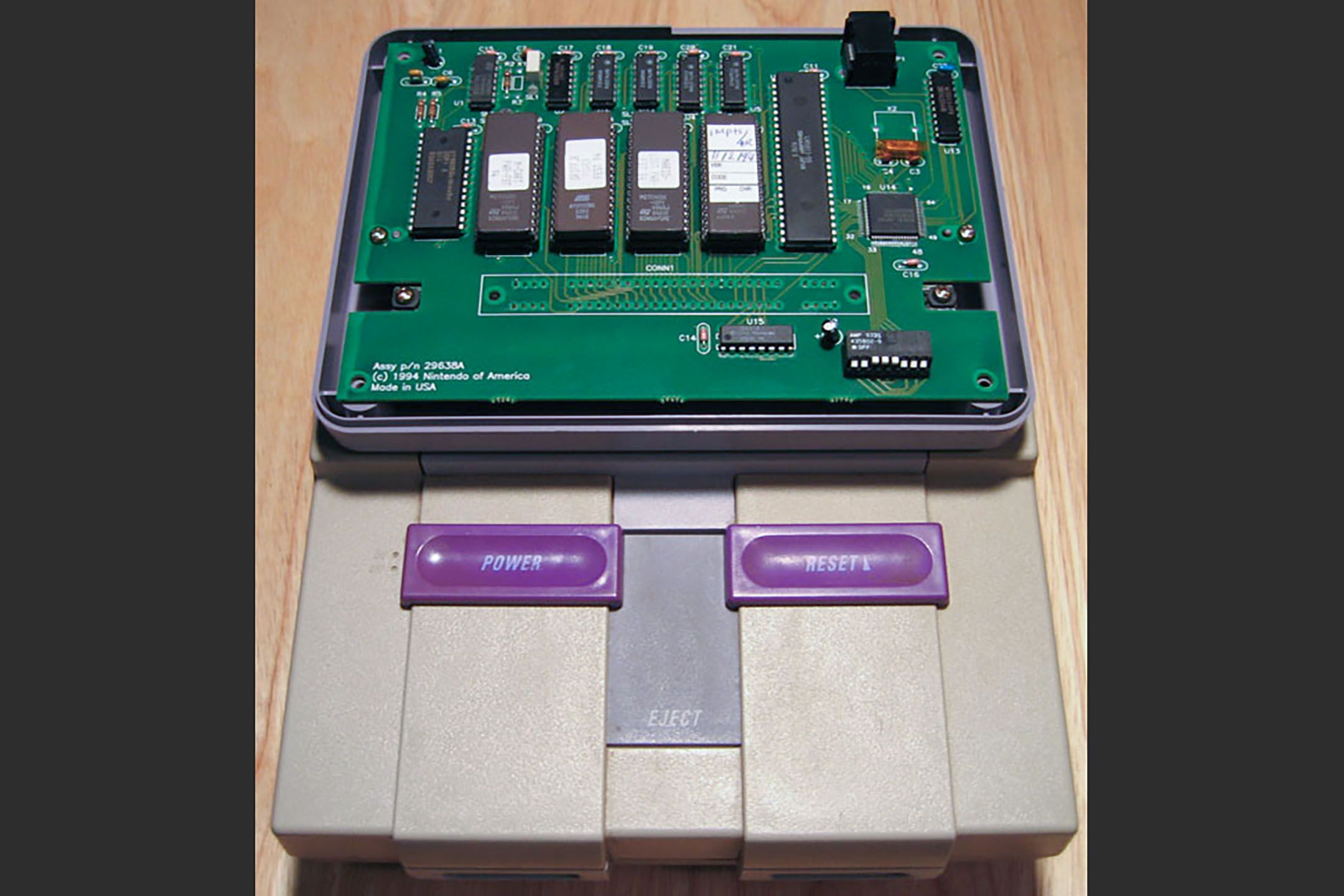
Source: Wikipedia - Rick Bruns
The PowerFest ’94 cartridge reused much of the hardware from Campus Challenge 1992. It featured three games: Super Mario Bros.: The Lost Levels, Super Mario Kart, and Ken Griffey Jr. Presents Major League Baseball. Nintendo made around 33 cartridges for the tour, with only two known to survive today. The rest were returned to Nintendo and were reportedly stripped for parts.
Like Campus Challenge 1992, it had an exposed DIP switch, large PCB, and external cabling. Both of these remind me more of retro add-ons for game copiers or cheat devices than actual game cartridges.
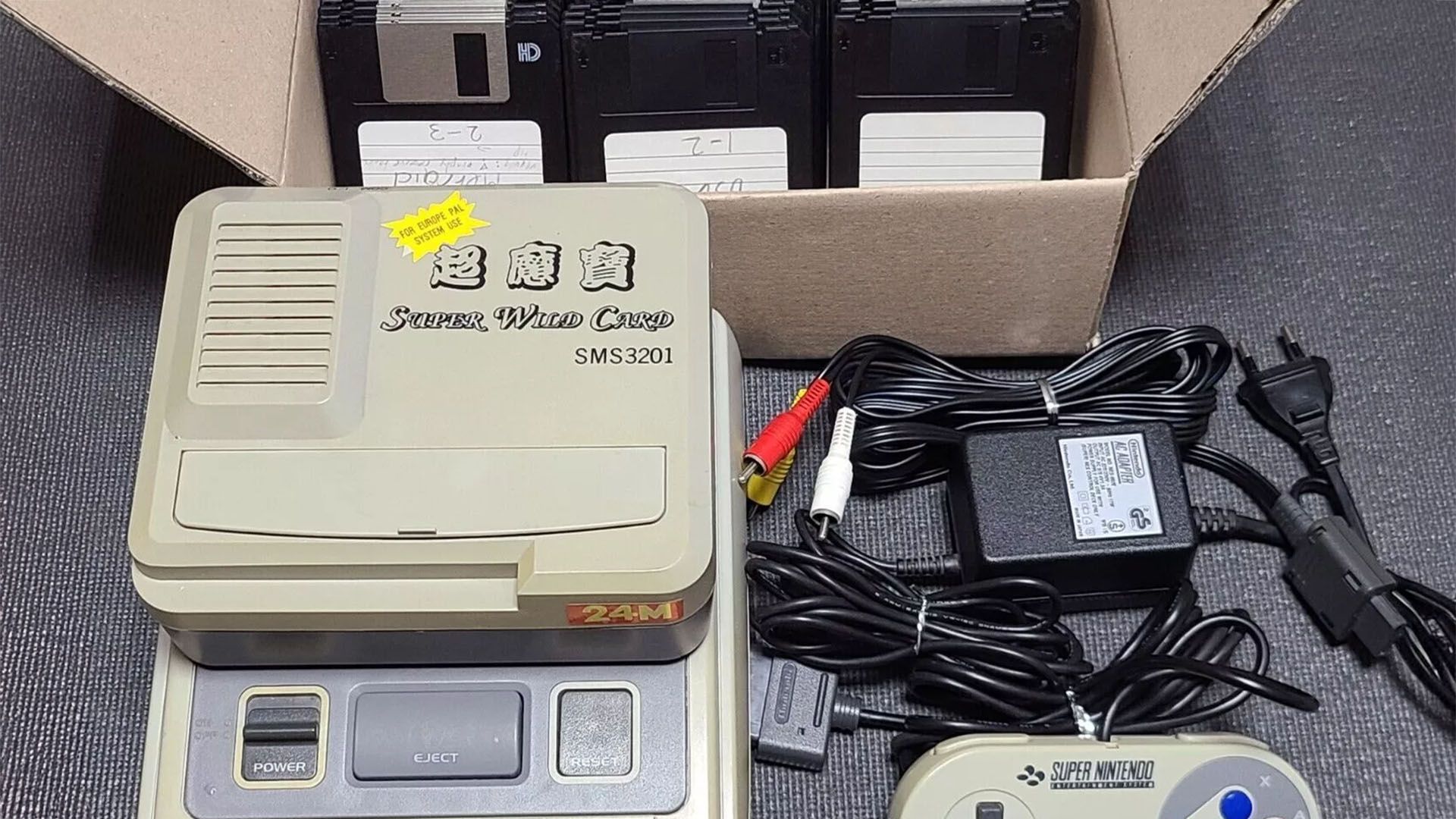
Related
6 rare retro add-ons from the 90s underground gaming scene
Whether for preservation, enhancement, or just plain fun, these devices left a lasting mark on gaming history
Game-specific cartridges for single-title challenges
Star Fox: Super Weekend (SNES, 1993)
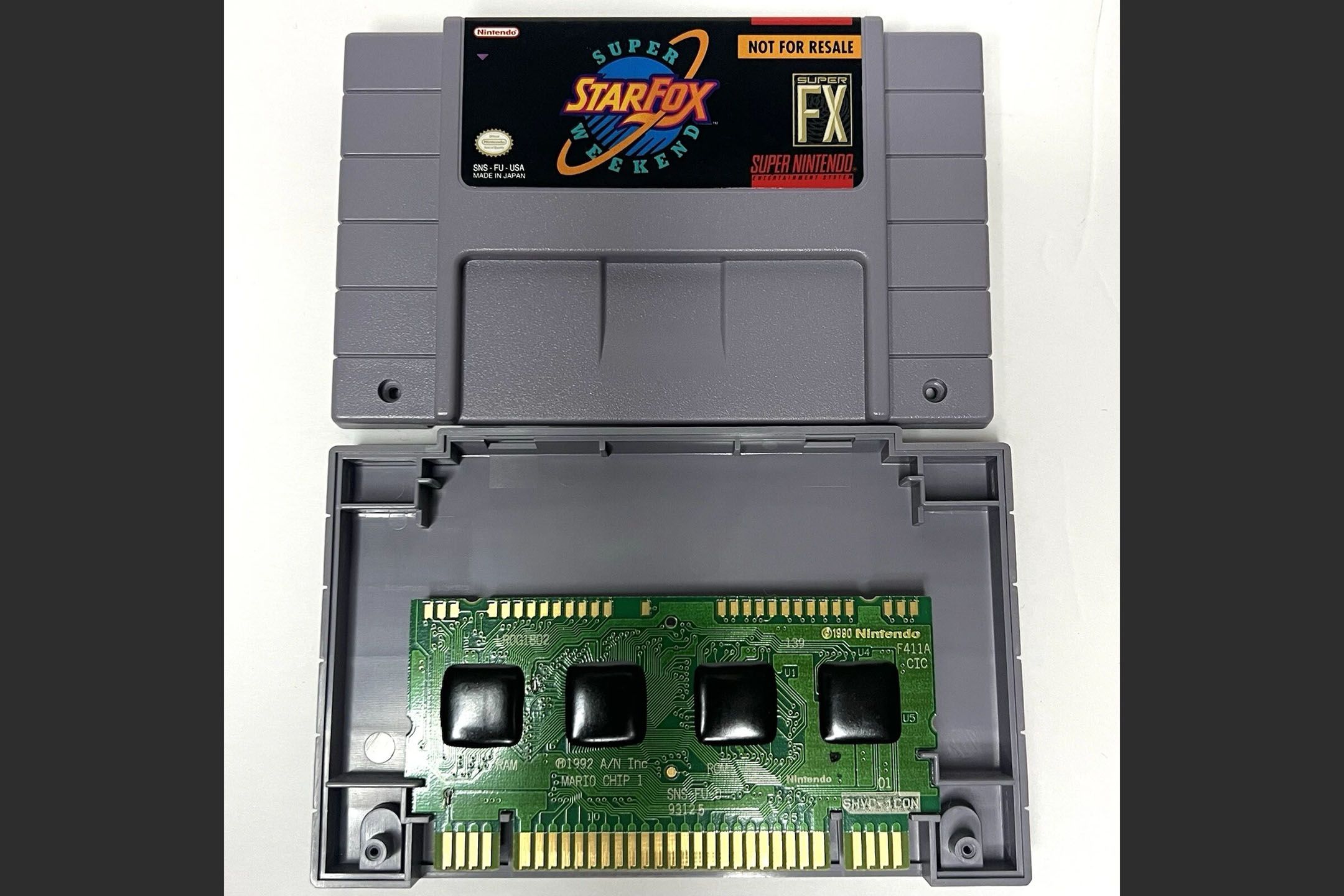
Source: eBay
In 1993, Nintendo hosted the Star Fox: Super Weekend competition, a high-score challenge held at stores across North America. The cartridge used for the event was a custom version of Star Fox that started the player in a modified version of Corneria, sped up the gameplay, and added bonus rings and enemies for better scoring opportunities. Players had five minutes to get the highest score possible.
The cartridge displayed "Official Competition Cartridge" on the title screen and congratulated players based on their final scores. After the event, around 2,000 of these cartridges were sold through the Nintendo Power catalog. While it’s not as rare as the Campus Challenge or PowerFest carts, it’s still a collector favorite because of the exclusive game content and competition-only tweaks.
Donkey Kong Country Competition Cartridge (SNES, 1994/95)
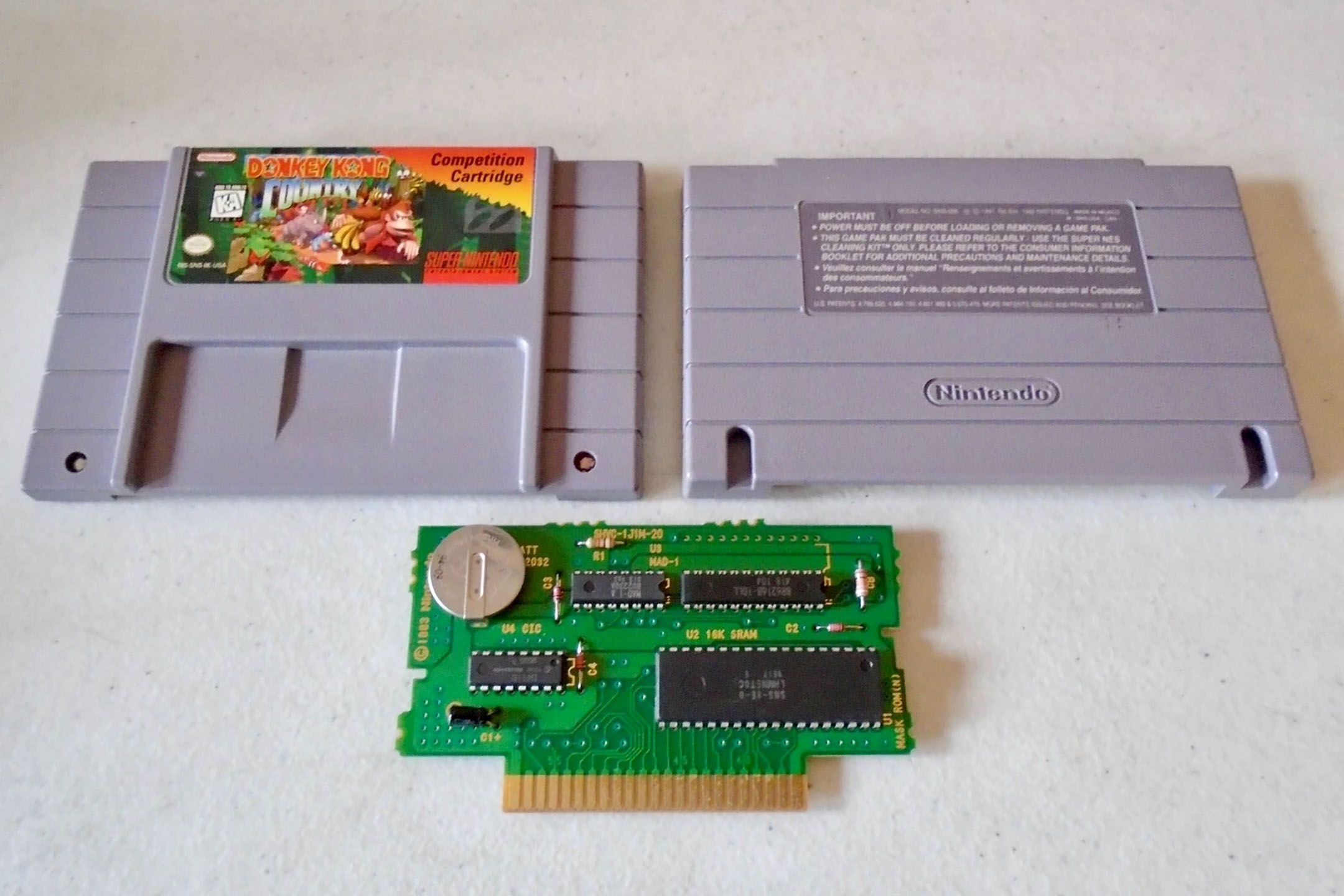
Source: eBay
First used in the finals of PowerFest ’94, and then as part of the Blockbuster World Video Game Championship II in 1995, players had five minutes to collect as many points as possible. Nintendo and Rare modified the retail game by removing easy bonuses, replacing animal tokens with high-value banana bunches, and showing an on-screen score counter.
When the five-minute timer expired, the game froze instantly, allowing the score to be recorded. Nintendo later sold 2,500 of these through their mail-order service. The cartridge label has a triangle that says “Competition Cartridge,” and the insert makes clear it was a limited production run. Because it was sold to fans, more of these exist than other tournament carts, and without hardware modifications they aren't as interesting to me, but it still commands high prices and remains a unique version of a classic SNES title.
Blockbuster World Video Game Championship II (SNES/Sega Genesis, 1995)
One event, two consoles, and two rare cartridges
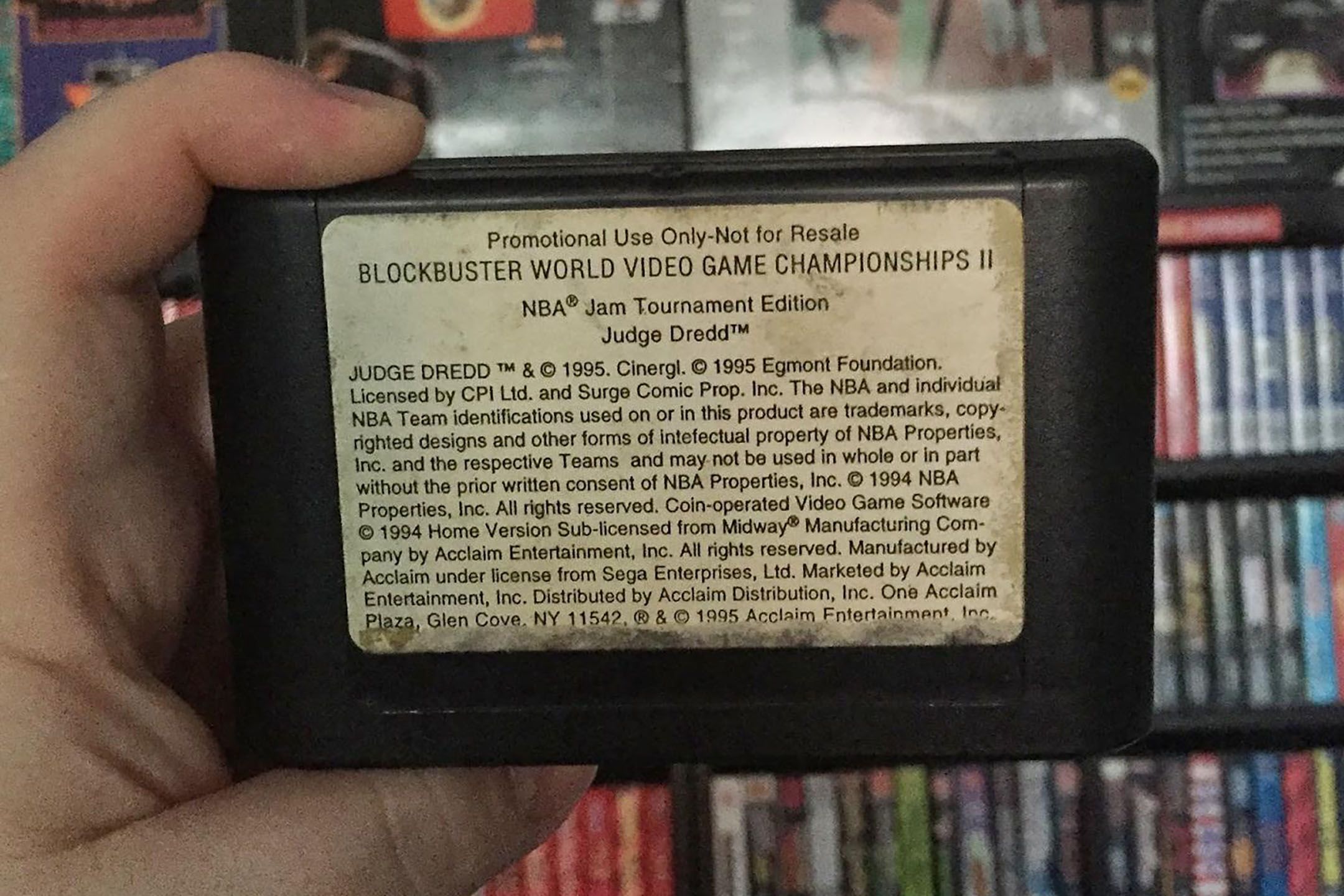
Source: Reddit
In 1995, Blockbuster Video partnered with Nintendo, Sega, and GamePro Magazine for a massive tournament. The SNES portion used the Donkey Kong Country Competition Cartridge, but Sega fans weren’t left out. Acclaim created a special Genesis cartridge that combined NBA Jam Tournament Edition and Judge Dredd.
Players played one quarter of NBA Jam, then automatically transitioned into five minutes of Judge Dredd. Scores from both were combined to determine the winner. Unlike the SNES cart, the Genesis version was never sold. Acclaim reportedly instructed staff to destroy all copies after the event, but a few survived. Only a handful are known to exist, and they are extremely rare.
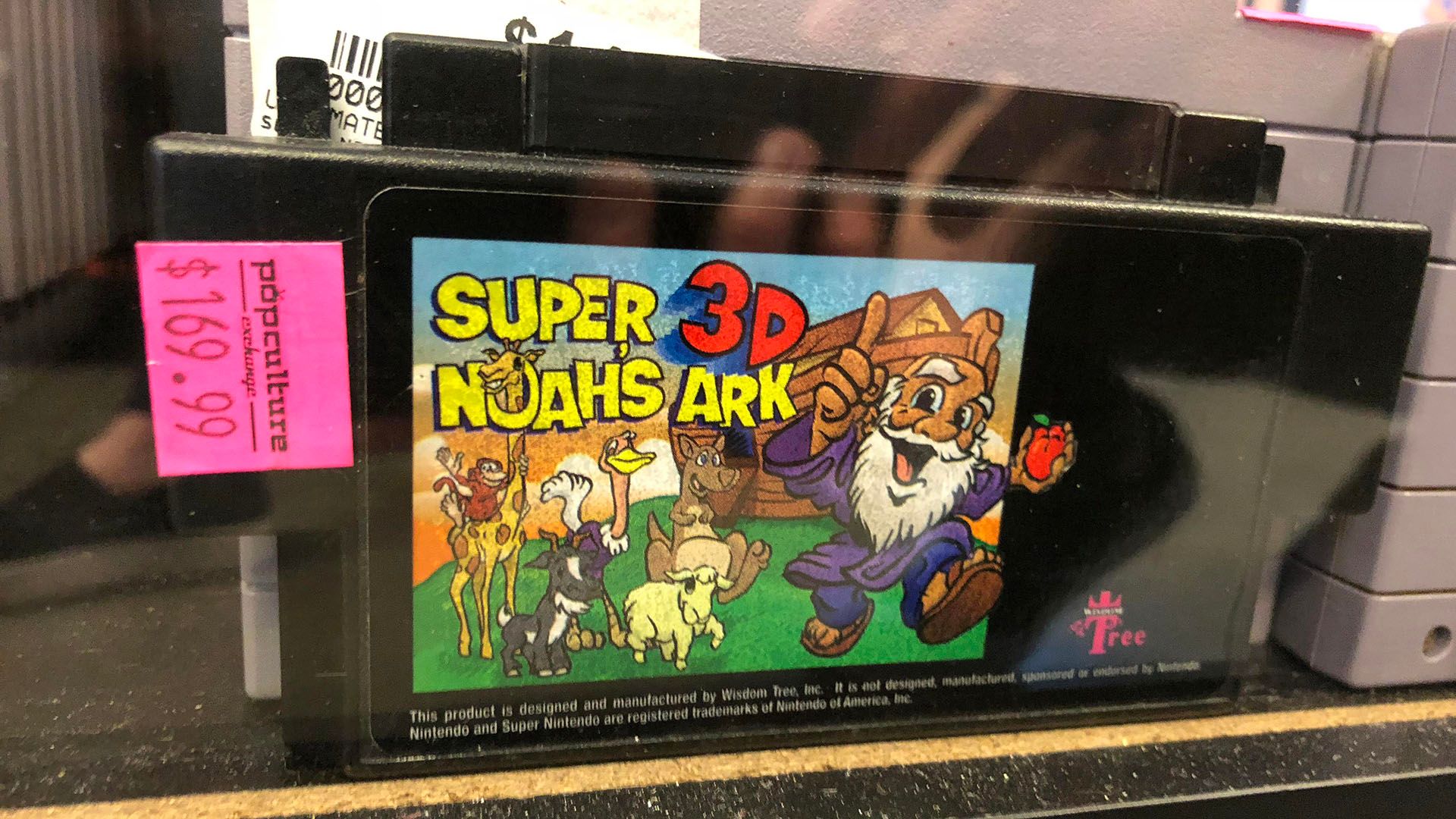
Related
The only unlicensed SNES game ever commercially released
Super Noah’s Ark 3D’s release was perfectly timed—a first-person shooter where you didn’t shoot anyone.
A strange and exciting period of competitive gaming
But it's always the hardware that gets me
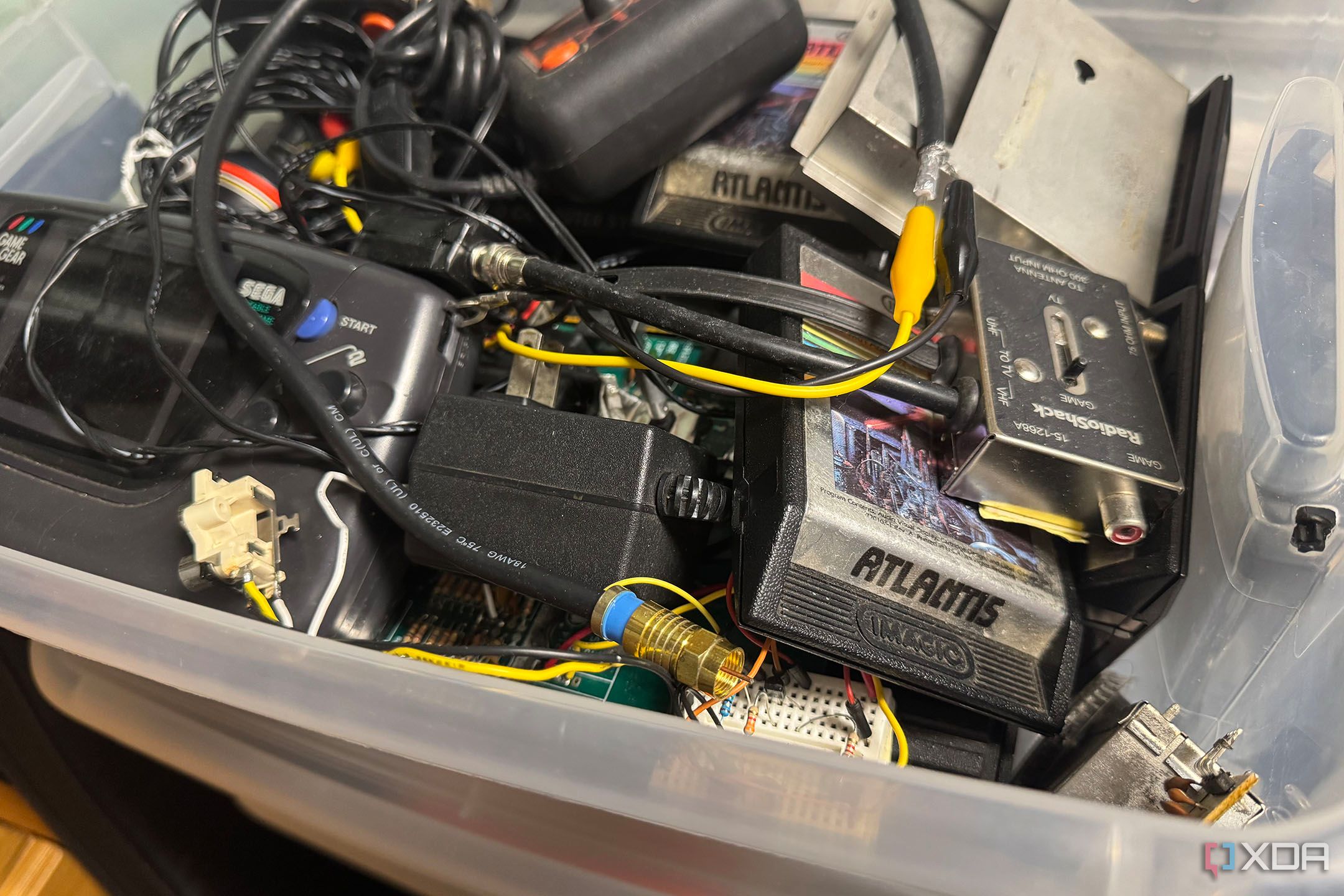
Source: Benjamin Zeman
While 1995 seems to be the end of the physical tournament cartridge era, the idea of competitive gaming clearly didn’t die. Esports is now a billion-dollar industry with sponsorships and massive stadium events. That’s not something I would’ve ever guessed would happen when I was just a kid playing games in my basement in the 80s and 90s.
What made these tournament cartridges fascinating wasn't just their rarity—at least for me—it was the hardware. From DIP switches to external cables and networked displays, the fact these weren't just normal games is what I find interesting. Ultimately, though, I'm just glad I had an excuse to work on an electronics project. But for now, it's going back in a box until I have more time again—or maybe I'll tackle fixing that Game Gear I've been putting off for a few years next.
I appreciate that all of these old competition cartridges have been preserved and dumped as well. Thanks to emulators, we can still experience the challenges they presented, even if playing for only a few minutes is honestly kind of boring. What I really love is that, decades later, I’m still discovering new things about retro gaming I didn’t know existed.
.png)

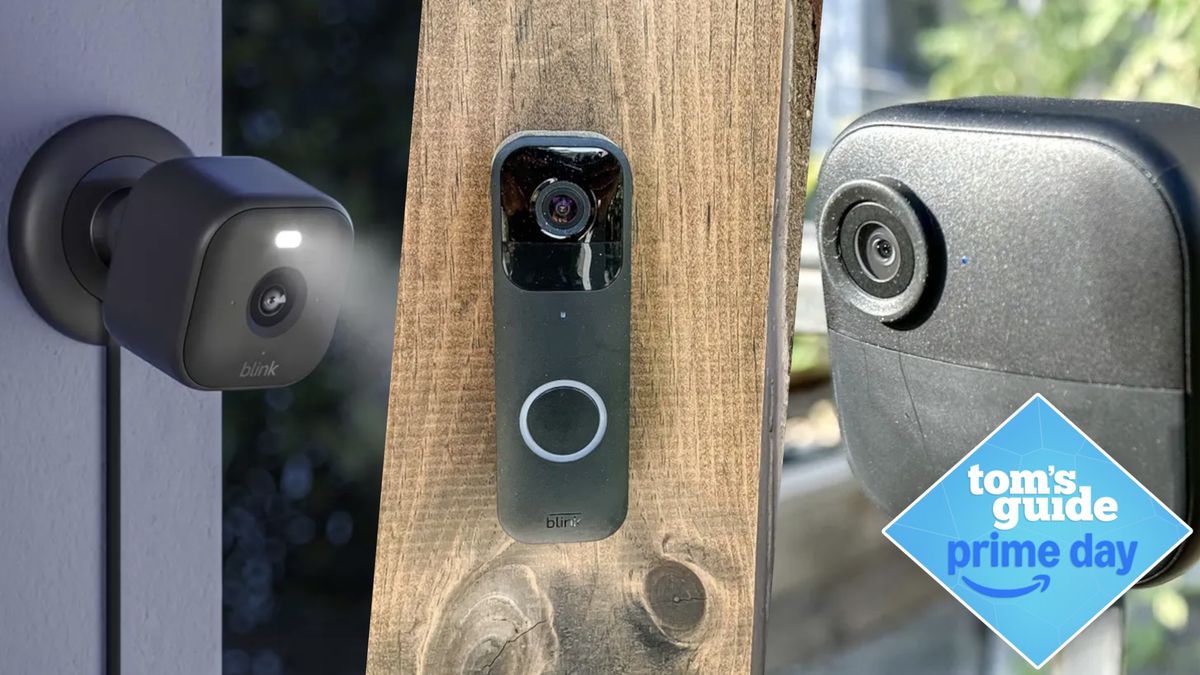

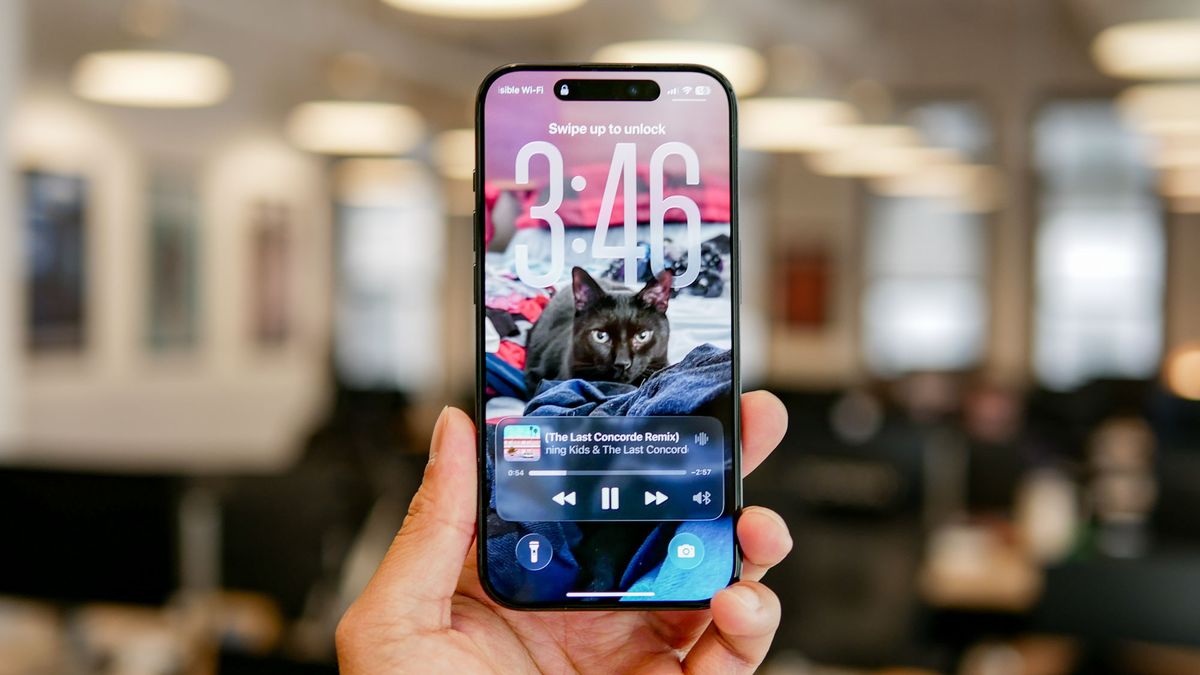







 English (US) ·
English (US) ·